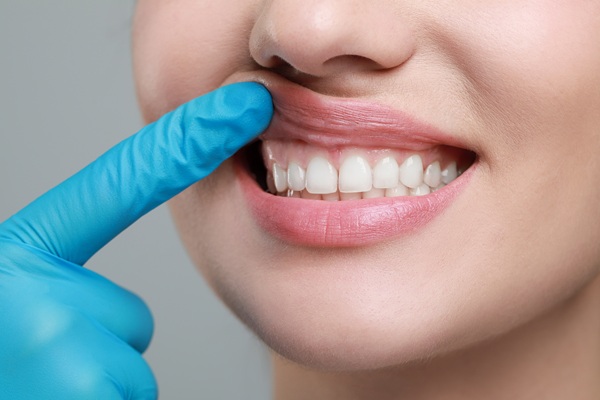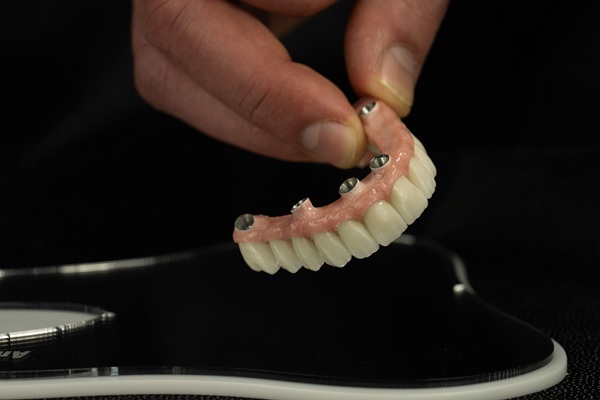Common Signs That You May Need Dental Fillings

Curious about dental fillings? Read on to learn more about this common dental restoration. The mouth serves as a gateway to our overall health, and the condition of one's teeth can offer insights into various aspects of our well-being. One of the major ways to maintain good oral health is to promptly address dental decay or cavities. Dental fillings are a standard solution for treating cavities.
When are dental fillings necessary?
Dental fillings are a standard treatment in dental care, particularly for tooth decay. When a tooth suffers decay, a dentist removes the decayed portion and fills the area with a specific material, including options like resin, porcelain, or an amalgam of metals. Fillings protect the tooth from further decay, restore its functionality, and relieve any associated discomfort or pain.
The following are signs that a patient might need dental fillings:
Toothache or persistent pain
A perpetual, nagging pain in a tooth often demands attention and could mean a hidden cavity. Such pain can manifest as a continuous ache or a sharp, stabbing pain, occasionally intensified by consuming hot, cold, or sugary items. The consistency and persistence of the pain are usually signs that a visit to the dentist is in order.
Visible holes or pits
Observing holes or pits in a tooth is a visible sign of decay. These visible imperfections, whether seen during a self-checkup or felt with the tongue, necessitate a dental evaluation. Dental fillings can help cover these holes and stop further decay.
Tooth sensitivity
Sensitivity when consuming certain foods can be a symptom of compromised tooth enamel, revealing the more sensitive layers of the tooth. Experiencing sharp, shooting pains or discomfort when consuming hot, cold, sweet, or acidic foods and drinks warrants an examination. This sensitivity might mean the presence of dental decay needing fillings.
Dark spots or discoloration
The appearance of dark spots or stains, especially those that persist after proper brushing, may mean tooth decay. These visual signs of potential cavities could worsen into more significant dental issues if untreated. A dental professional will confirm whether a filling is required to resolve the problem.
Chipped or rough teeth
Decay weakens tooth structures, making them more prone to chipping or forming rough edges. If a particular area of a tooth feels rough or seems to have broken off, underlying decay might be the culprit. A dentist can confirm this and determine if a filling is the appropriate course of action.
Consistent lodging of food
Repeated instances of food getting stuck in particular spots between teeth might imply small cavities or gaps. If left unchecked, these gaps may harbor bacteria, progressively worsening the decay. Dental fillings could seal these gaps, preventing further deterioration and bacterial accumulation.
Persistent bad breath or unpleasant taste
Persistent bad breath or a lingering unpleasant taste in the mouth, despite proper oral hygiene practices, can indicate decaying teeth. Cavities can harbor bacteria, which may cause these unfavorable symptoms. A consultation with a dentist will confirm whether dental fillings will solve the issue.
Final thoughts
Dental fillings help counteract the adverse effects of tooth decay. Recognizing the need for filling and acting promptly ensures the resolution of the issue and preserves the affected tooth’s long-term health. Schedule a consultation with a dentist if you notice any of these signs.
Request an appointment here: https://www.blissdentalsf.com or call Bliss Dental SF at (415) 200-1283 for an appointment in our San Francisco office.
Check out what others are saying about our dental services on Yelp: Composite Fillings in San Francisco, CA.
Related Posts
Dental fillings are one of the oldest known methods of dental restoration. Dentists have been placing dental fillings for years as a way to stop damage and restore an unhealthy tooth. However, as modern dentistry has begun to take over, certain types of dental fillings are beginning to die out. Silver dental fillings were originally made…
Do you currently need a dental filling for a cavity? Read on to learn more about dental filling options. Cavities, also known as caries or tooth decay, occur when plaque eats away at the enamel that covers the outer surface of teeth. It is important to get a dental filling for cavities as soon as…
Dental implants are among the cosmetic dental services that might be recommended if you are missing one or more teeth. They are also the only teeth replacement options that prevent the bone tissue loss that can take place when teeth and their roots fall out.Bone tissues in the jaw get stimulated by teeth roots when…
Your insurance provider might cover cosmetic dental services depending on if they are deemed elective or essential. Most dental insurance providers cover essential treatments that help restore or keep your mouth healthy, but you are typically on your own when it comes to elective treatments that your insurance provider does not deem necessary. Fortunately, many…


